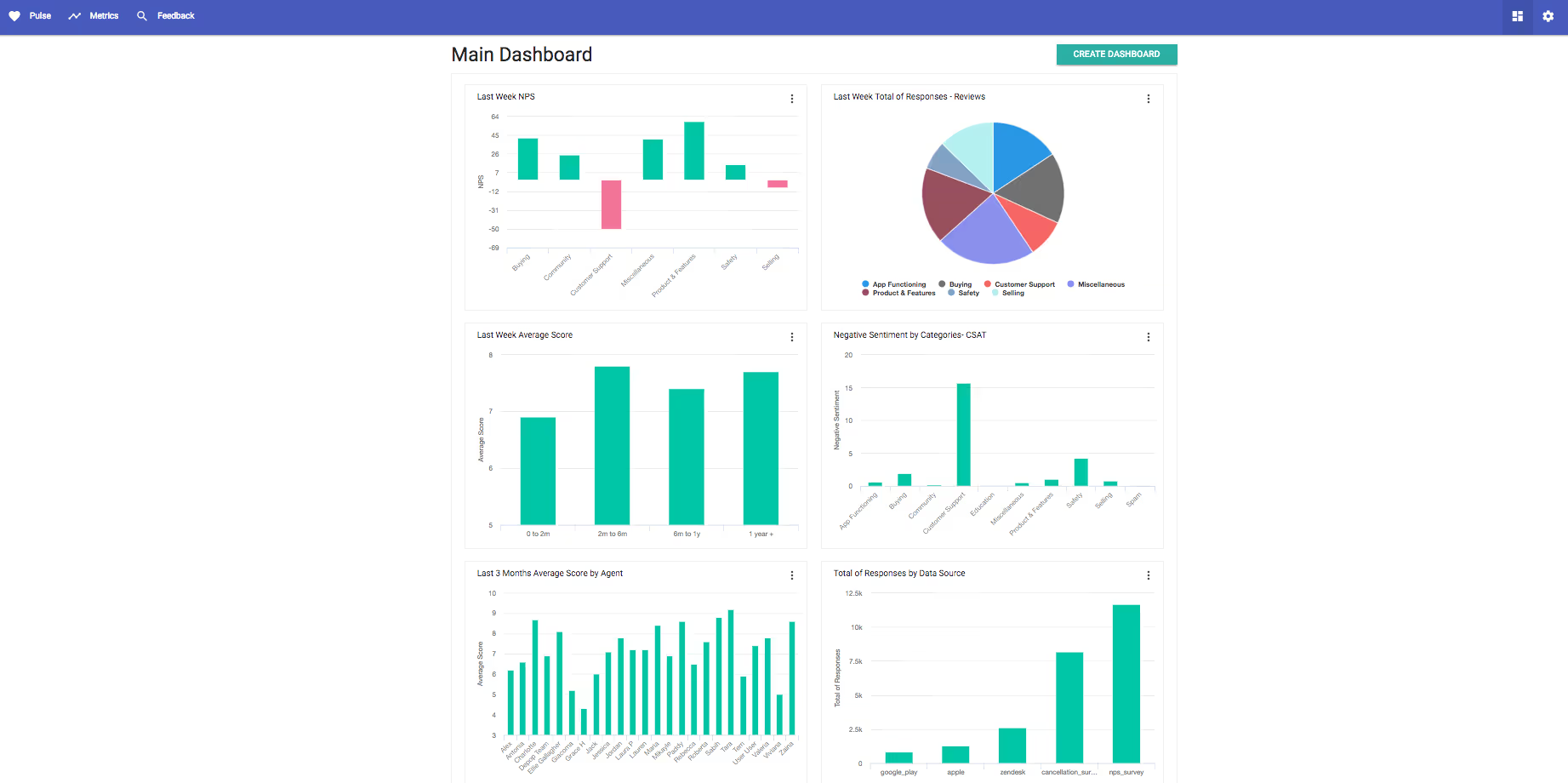
Few industries are as competitive as fashion. Especially these days with the number of high street stores falling year on year. You need to compete with everyone from long established brands with global following to small scale wannabe designers selling their products via eBay, Amazon, Etsy and many other platforms. Yet, ASOS somehow manages to make it look easy.
On paper the company has been started all the way back in 1999 and was successful straight away yet it still very much feels like scrappy startup. This is not an accident. In fact, ASOS has figured out the hard way, it has to innovate constantly to keep up with their millennial customers. Let’s look at some of the key ways the company is achieving this.
Build An Innovative Culture
One disadvantage of picking twentysomethings as your core customer base is they are notoriously hard to keep. To make that happen, innovation needs to be baked into the company’s DNA. This is not easy with a growing headcount and ASOS had to put in considerable effort to keep the spark alive. Here’s how their CEO Nick Beighton describes the recent changes the company implemented changes:
“Sometimes you start putting in command and control structures because you think it’s appropriate – that’s what grown up companies do. And then you end up with hierarchy. We’re in the process of dismantling all of those and allowing them [employees] to thrive on the chaos and putting decision-making right back down to the lowest level.” Nick Beighton, ASOS CEO
Sharing insights across teams is key in any company. Ultimately everyone impacts customer experience to some degree and this should be reflected in a companies culture. Whether it’s product, customer support or marketing - capturing, tracking and improving specific teams and individuals performance through customer feedback allows brands to completely align their objectives and predictably establish strategic goals.

The job of executives is thus to create an environment where employees are empowered to make decisions. There is no way experienced industry veterans know what ticks the young customers as well as ASOS’s newest recruits who largely come from the same group as it’s customers.
“There were about 30 of us in the room. She said, ‘Nick, one of the reasons I love ASOS is the freedom to create amazing products for people like me. And I love that you give me the freedom to do it. But you’re not a product guy. How are you going to improve me?’ Whoa. I asked her, ‘What do you need from me to help you design more products? She went, ‘I need this, this, this, this and this,’ and I said, ‘Okay, let’s talk about that. Don’t expect me to design a dress for you, but expect me to get the barriers out of the way.” Nick Beighton, ASOS CEO
Pick A Market You Can Connect With
Businesses are often obsessed with the size of the market. What is really important, though, is to pick a large market where you can get a niche where you can dominate. ASOS has inspired a cult following among its core twenty-something user base by targeting its content, its products and site features for the way they want to buy clothes. Focusing on a specific market means ASOS could have a real identity, something online retailers often struggle with. That in turn inspires both loyalty and word of mouth growth that has made ASOS grow into new markets both by geography and age-wise. Here’s how ASOS itself puts it in the 2016 Annual Report:
"We understand our customers, what inspires them and what interests them. We reach out to them by producing great content, which makes us much more than just a place to shop. By becoming a fashion destination offering a unique customer experience, we turn a sale into a loyal customer, who returns to us frequently. This is evidenced in our increasing customer engagement metrics, with visits growth of 22%, order growth of 30%, average basket value up 3% and average order frequency up 4%." ASOS annual report
Focus On Customer Experience NOT Product
It used to be acceptable to think Product (quality, availability etc) and Price are what makes or breaks a retailer. In the modern world, this is no longer the case. In fact, we believe Customer Experience is now more important than those two combined. Recent surveys of leading executives confirm this trend.
ASOS clothes are of good quality and design, but hardly unparalleled Their prices are low but definitely not the lowest. Yet the company is a clear market leader in online retail. The secret is ASOS’ laser-like focus on all aspects of Customer Experience including Sign Up, Navigation, Payment, Returns and Customer Care. In this ASOS follows another great fashion retailer, Zappos, who, in the words of their customer-obsessed founder are a “service company that just happens to sell shoes”.
"We asked ourselves what we wanted this company to stand for,” said CEO Tony Hsieh, “we didn’t want to sell just shoes. I wasn’t even into shoes - but I was passionate about customer service." Tony Hsieh, Zappos
Listen To Your Customers
All of the points above are necessary to take your company from good to great. But there is one more item that underlies all of them: listening to customers. You cannot keep up with your dynamic customer base if you don’t ask them for opinion and incorporate their views into your decisions. Your employees should be empowered to innovate but will need to have access to the right insight to get started. Finally, great Customer Experience is not something you can define without understanding what troubles your customers.
Nothing comes close to looking at what customers are saying in their own words. This is the only way to uncover the unknown unknowns of Customer Experience. Your customers will tell you if something needs fixing and equally what are your key strengths. What you need is a system to analyse this data rigorously and at scale.

Here’s Nick Breighton of ASOS again:
“Bridal has been one of our best pieces of product innovation. The feedback is simply brilliant. The product is exquisite. The price points are amazing. Tweets are coming in, ‘I just want to get married so I can buy one of your gowns.’ When you deliver that experience to your customer, it’s the most heartening thing a chief executive can ever see because you know everything is in the right sequence. And it didn’t have anything to do with management. It came straight up through customer feedback.” Nick Beighton, ASOS CEO
Solve The Right Problems
Impacting the most important metrics can have huge returns. Optimising customer experience and making customers want to return and to also share their experiences with others is significantly more sustainable than any advertising campaign or PPC bid war. To know where to start optimising, finding the right problems is the first key step. Using sentiment and text analytics across channels to automatically extract insights at scale is to identify the areas your customers are telling you they hate and love about your brand allows you to learn what experiences drive loyalty and prioritise resources with the customer in mind.
Overcoming this initial hurdle is often the hardest part in building a customer experience engine for growth, as the insights you get through listening to your customers at every step of the journey will allow you to predictably influence customer behaviour across every touchpoint and create a positive feedback loop on the impact your changes make on overall customer experience.
Stay tuned for more updates and register to check out our retail insights report, or try Chattermill and schedule a demo.















